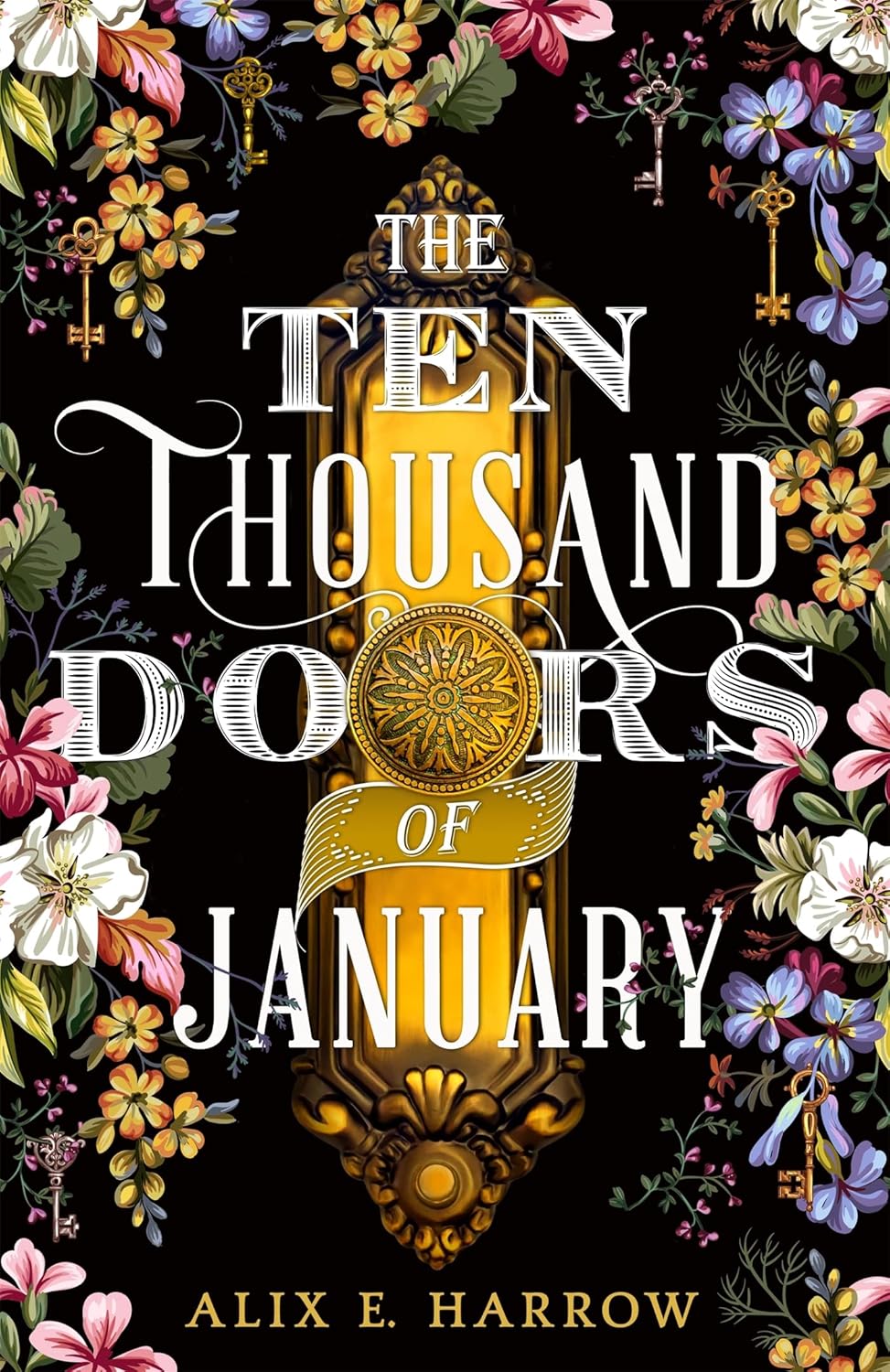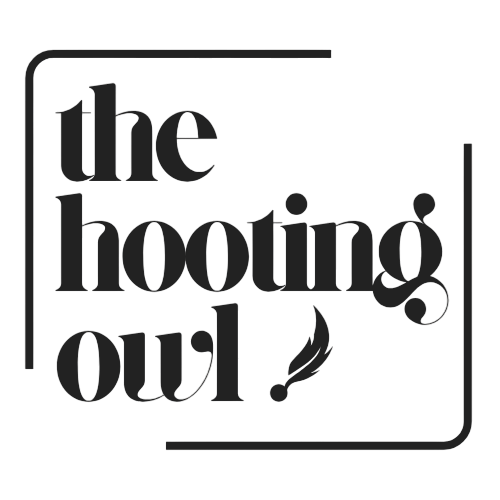Kentucky 1901: we meet January Scaller at seven years old tagging along on her guardian’s business trip. January’s guardian, a Mr. Locke, is a collector of artifacts and her father’s employer. Right away, we learn that she has a wild streak, a tendency to wander off that surpasses any normal child’s curiosity. This makes her the ideal candidate to stumble on and spot doors/portals to other worlds.
One such adventure kicks off the story, when January finds a blue door. She is too young to understand what this means, and indeed it will the entire book for her to do so. The Ten Thousand Doors of January is a coming-of-age, fantasy adventure with aspects of historical fiction and magical realism that reads like an adult fairytale — at least according to online reviews.
I decided to read it because I’m a fan of portal fiction — anything to do with magic doorways, rabbit holes (Alice in Wonderland), wardrobes and picture frames (The Chronicles of Narnia), fireplaces (Harry Potter), faraway trees (From TV show), the five movements (The OA TV show) and not just in the fantasy genre. Science Fiction has its own host of interdimensional portals, star gates, wormholes, folds et cetera.
It had mixed reviews online from people saying they did not finish or that it was too similar to other books in its genre and not in any outstanding way. More than once, I saw readers say that ‘the book insists upon itself’ or that the author was too absorbed in her style of writing and not enough on developing the worlds she introduced. You can always tell when an author thinks they’re clever and are pretty much writing to themselves, but I didn’t think that was the case here. There were a lot of great things about this book, not least among them the writer’s language and ease of reading.

Look at this.
‘When I was seven I found a door. I suspect I should capitalize that word, so you understand I’m not talking about your garden- or common-variety door…When I was seven, I found a Door. There — look how tall and proud the word stands on the page now, the belly of that D like a black archway leading into white nothing.’
The book is rife with instances of these meditations on letters, and what their shapes evoke. You can kind of see why Alix gets into trouble with some readers, but I found the style delightful, almost like spoken word poetry (which admittedly is not for everyone). The story unfolds in two arcs, featuring a book within a book, both arcs informing each other to form one huge arc. That was an interesting stylistic device to employ, not something you see in many books. Both as a writer and as a reader, I appreciated it.
Another reader complaint was that the narrative stretches credibility in some places (which I thought was a fair albeit not fatal assessment). I had mixed feelings reading it, but for very different reasons. To my surprise, Kenya features as one of the settings in the narrative, and a character crafted after a Kikuyu woman (a Miss Jane Irimu) emerges prominently later in the story. This was not something I had come across prior to reading the book so it was a delight to experience it organically. It was probably better that I didn’t know because I am biased against white writers that write people of color. They never get us right and I’d really rather read a story that’s authentic to its writer.
#Spoilers Ahead#
At the turn of the century, colonialism has started taken hold in British East Africa (not yet named Kenya). British soldiers are increasingly replacing the first wave of missionaries and settlers. They have begun to seize land, burn crops and villages, and round up the natives into reservations. This sorry state of affairs leads Jane Irimu to a door in the caves of Mt. Suswa. On the other side, she finds a world of strong feline-leopard women who live in a matriarchal and polygamous society. There, the women hunt while their husbands and children stay in the safety village. (I couldn’t help but think what a lost opportunity it was to go for Wangari as a character name but oh well.)
No mention is made of Jane’s father, an absent black father trope I was not particularly thrilled about. (January’s own father, though racially ambiguous, is of the darker persuasion and is largely absent from her life.) Jane, separated from her mother and sister in the chaos, loses all love for her world. The new world is a dangerous place where ogres prowl the forests but Jane is determined to stay.
The idea that the loss of one’s nuclear family necessarily means that she was devoid of ties and reason to stay is a supremely foreign one. This was Kenya in the 1900s. Jane would not only have familial ties, she would have community ties in the form of age-sets. If the intention was to show how colonialism devastated the local culture, it was not well done.
The writer doesn’t do much with the colonialism angle besides mentioning in a somewhat rushed way that Jane crosses back into her world and acquires a gun from a British colonist to prove that she can cope in the new world. Now that she has a colonial-era musket, she can keep up with the ogre-slaying feline-leopard women.
The idea that she would thoughtlessly introduce a lethal tool of violence to a new world is in direct conflict with the nature of Kikuyus. The entire reason colonial settlers were able to overrun Kikuyu land was their open, welcoming, and generous nature. It took more than half a century for them to reach consensus on violent rebellion, and only as the absolute last resort. Having no qualms about trudging through other people’s lands with harmful technologies is not our way but okay.
Jane ends up being quite proficient with a gun in a way that reminds one of Field-marshal Muthoni of the Mau Mau (so at least her character arc is believable). Rather than stay and fight for her world, she prefers to return to ogre-slaying (which was frustrating to read) but also funny in the statement it makes — even a world of full of ogres and feline humans is preferable to imperialism.
#End of Spoilers#
The Ten Thousand Doors of January is a slightly long read. I read it in about 14 hours over the course of several days, but I did finish it despite its frustrating and confusing bits (did I mention that it had vampires and invisibility feathers?) Yeah, it had a lot going on, but that’s fantasy for you. A three-star read for me.
What are you reading?







